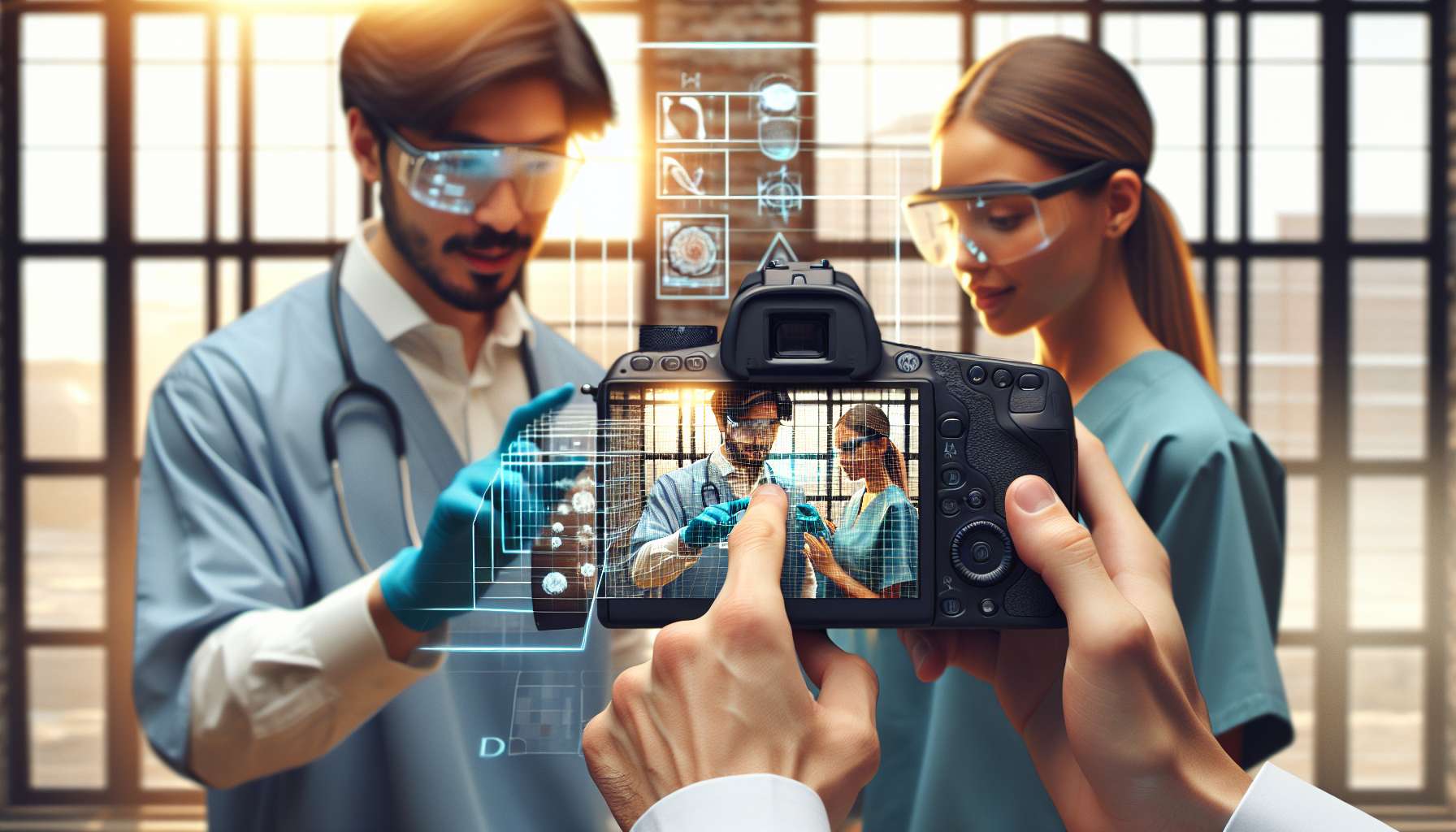Why is AR becoming essential in medical device sales?
Augmented Reality (AR) has been making waves in various industries, and one area where its potential is truly transformative is in medical device sales. As technology continues to advance, AR is becoming increasingly essential in this field, revolutionizing the way medical devices are marketed, demonstrated, and sold. In this article, we will explore the key reasons why AR is becoming a game-changer in medical device sales.
1. Enhanced Product Visualization
One of the primary challenges in medical device sales is effectively showcasing complex and intricate products to potential buyers. Traditional methods, such as brochures or static images, often fall short in conveying the true value and functionality of these devices. This is where AR comes in. By overlaying digital information onto the real world, AR allows sales representatives to provide immersive and interactive experiences, enabling customers to visualize and understand the product’s features and benefits more effectively.
2. Real-time Product Demonstration
AR empowers sales representatives to demonstrate medical devices in real-time, regardless of the physical location of the customer. Through the use of AR-enabled devices like smartphones or tablets, sales teams can showcase the functionality of the device, simulate its operation, and even provide virtual walkthroughs of complex procedures. This not only saves time and resources but also enables potential buyers to experience the product firsthand, leading to better-informed purchasing decisions.
3. Personalized Sales Presentations
Every customer has unique needs and preferences, and tailoring sales presentations accordingly can significantly impact the success rate. AR allows sales representatives to customize their presentations by overlaying specific information, such as patient data, case studies, or testimonials, onto the real-world environment. This personalized approach not only enhances the customer’s understanding of the device’s relevance but also builds trust and credibility, ultimately increasing the likelihood of a successful sale.
4. Remote Collaboration and Training
AR facilitates remote collaboration and training, which is particularly valuable in the medical device industry. Sales teams can remotely connect with healthcare professionals, providing real-time guidance and support during device demonstrations or troubleshooting sessions. Additionally, AR can be utilized for training purposes, allowing sales representatives to learn about new products or procedures through interactive virtual simulations. This remote accessibility not only saves time and travel costs but also ensures consistent and up-to-date training across geographically dispersed teams.
5. Competitive Advantage
As the adoption of AR in medical device sales is still relatively new, companies that embrace this technology gain a significant competitive advantage. By leveraging AR, businesses can differentiate themselves from competitors, positioning themselves as innovative and forward-thinking. This can attract more customers, increase brand loyalty, and ultimately drive business growth.
In conclusion, AR is rapidly becoming essential in medical device sales due to its ability to enhance product visualization, enable real-time demonstrations, personalize sales presentations, facilitate remote collaboration and training, and provide a competitive edge. As the technology continues to evolve, we can expect even more exciting applications and advancements in this field. Embracing AR in medical device sales is not only a smart business move but also a way to improve customer engagement and drive better outcomes in the healthcare industry.





